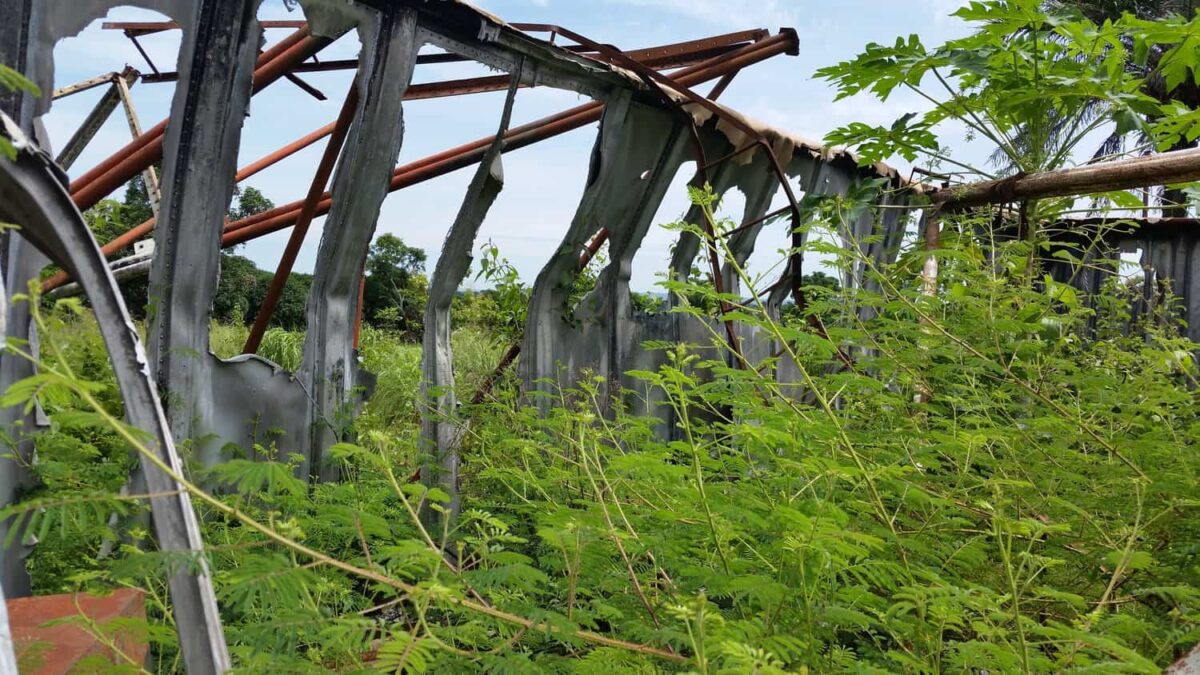
“Integrating Local Media and Information and Communications Technology (ICTs) into Humanitarian Response in the Central African Republic (CAR)” was a 6-month project awarded by the Humanitarian Innovation Fund (HIF). Internews worked in partnership with the UN Office for the Coordination of Humanitarian Affairs (UN OCHA) and Ushahidi.
The project was set up an innovative system that fostered a bounded network of trusted local media organizations that gathers real-time first-hand information from local populations that once verified and validated by a coordination center in Bangui, was uploaded into a crisis map that was publicly accessible. Humanitarian organizations had access to verified information and reports from hard to reach areas and also shared useful information about their activities for local media to report on and local populations to know about. This created a two-way communication flow between local population and humanitarian organizations putting local media and ICT at the core of it. This system was designed to improve emergency response, community participation and community resilience.
“They [humanitarians] are only interested in their own publicity, but fear critical coverage”
Local journalist, Bangui, CAR
IMPACT FINAL REPORT
- Informing the humanitarian response – Since the project was implemented, the Association of Journalists for Human Rights (RJDH in the French acronym), a local organization the network connecting 11 community radio stations in CAR, sends on a weekly basis a Humanitarian Bulletin to over 1,250 people and organizations, reaching a broad range of local and international actors working in CAR to close information gaps in these communities.
- Communication with Communities – Established two-way communication flows between the media and humanitarian agencies that ensured reliable information is provided to affected communities so they can make informed decisions to protect their lives and livelihoods and participate in the transitional process aimed at returning the country to constitutional order, effective government and civil peace.
- Connecting humanitarians and media – Over half the humanitarians interviewed consulted the map on a regular basis, while the journalists all agreed that the project contributed to improve journalists’ interaction and active collection of information among affected communities.
- Sustainability – What the humanitarian map did (and continues to do) is provide a test case to demonstrate the usability and overall simplicity of the system and its compatibility with- and improvement over- existing ways humanitarians engage with affected communities. The map was in fact used by humanitarian organizations and journalists for years after the project closed.
